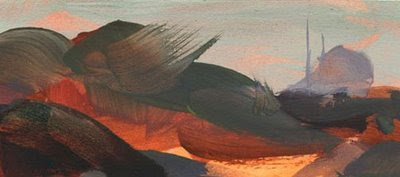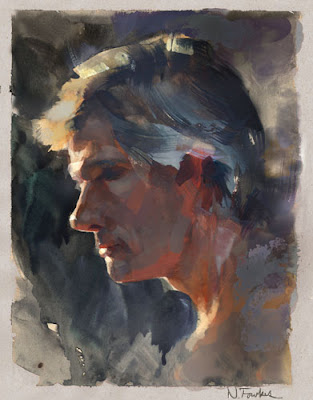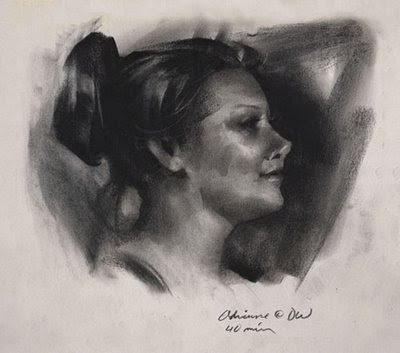LORADO TAFT'S FOUNTAIN OF TIME

Artists always dream of creating works of permanence. Perhaps they hope that "timeless" art will help them live on past their death. Lorado Taft (1860-1936) was that kind of artist. A Chicago sculptor of monumental, heroic subjects, Taft worked from 1907 to 1922 on his life's masterpiece, a huge sculpture about mortality called The Fountain of Time . The sculpture was based on a line from Austin Dobson: Time goes, you say? Alas, time stays; we go! Taft created a 120 foot long parade of humanity with over 100 different figures symbolizing life's journey from birth to death. This "march of the doomed" takes place in front of an imposing, 26 foot tall statue of Father Time. Taft wanted his sculpture to have an eternal look, so he designed it in a classical "beaux-art" style. Unfortunately, by the time he finished, the beaux-art style was already unfashionable. It was replaced by abstract modernism. (Perhaps Time felt that Taft's ambition was imper





